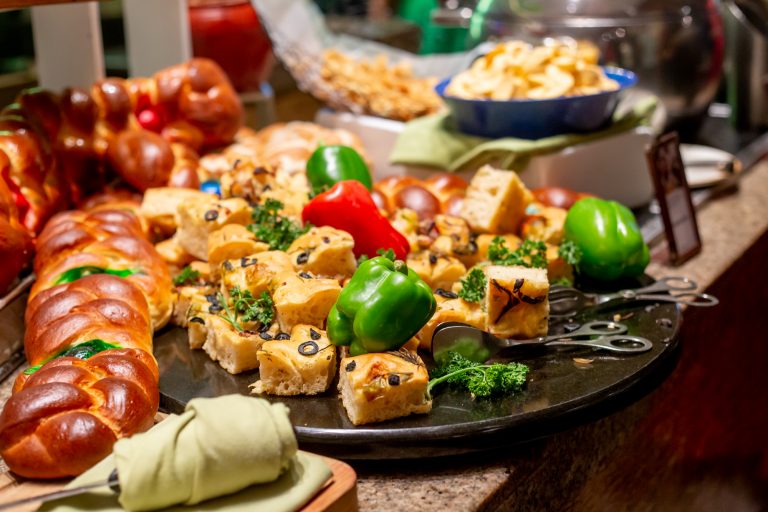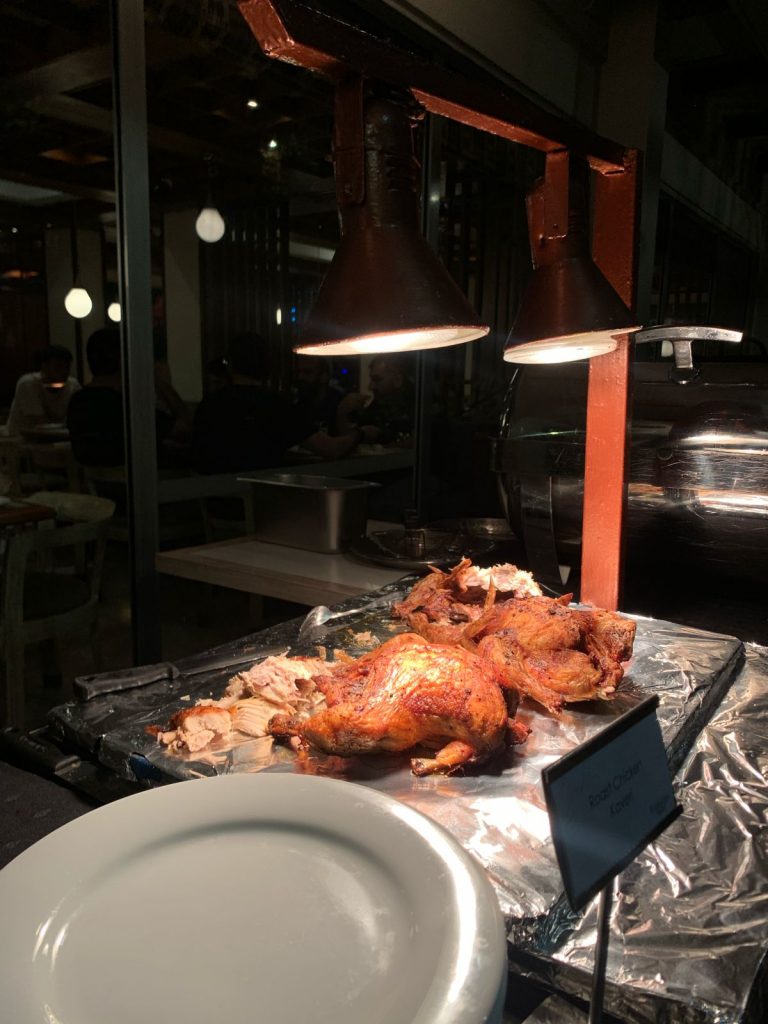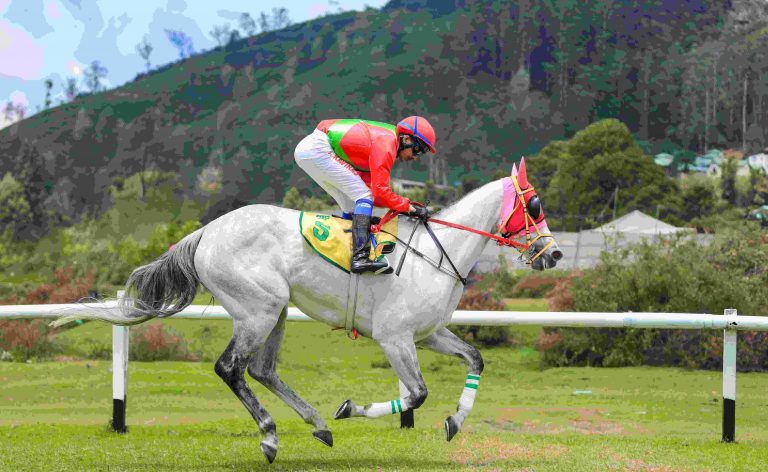The Portuguese called it Ilha das Vacas, the Dutch called it Delft, and the locals call it Neduntivu. Located in the Palk Strait, southwest of Jaffna, Delft is a relatively undiscovered tourist destination, ideal if you’re interested in Sri Lankan history or sandy, white beaches.
Legacies of the Past
The Dutch Fort on Delft, much smaller than the Galle and Jaffna forts, is located behind the island’s small hospital and made of limestone and coral. It’s a magnificent site and worth exploring. It was little strange walking through the hospital to get there though. Also made out of limestone and coral is the pigeon house, the old Portuguese equivalent of a mail distribution centre today. The wild ponies are a legacy left behind by the Portuguese, after the Portuguese left, the Dutch took them over and then the British used them for transport. Baobab trees, which are not native to the island, are another legacy of the Portuguese. Ask your tuk tuk driver to take you to the ‘big boabab tree’, with a huge, hollow trunk. The remnants of the ‘horses stables’ are surrounded by fields separated by limestone walls, similar to those still used as fences for the homes of the residents.
Magic and Mysticism
Currently about four feet tall, the rock growths slightly every year. There are stories of locals who remember the rock when it was just a foot or two high. One might assume that the the temple being constructed opposite is in someway connected to the magic and mysticism of the rock, when in actual fact, the ‘phenomenal’ growth is likely just the living coral of the ‘rock’ which is continuing to grow. There’s also the remains of two stupas and a ‘Giant’s footprint’ an imprint in the limestone that (sort of) looks like a, well, giant’s footprint.
Getting Around
Though there are a few small places to buy some snacks or soft drink, there’s no eating place as such, so I suggest a packed lunch. In fact, if you’re not short on time, and you don’t mind walking, take a packed lunch and you can enjoy a day out without spending a cent! A wiser option, however, would be to take one of the few three-wheelers that hang around near the ferry terminal. A three-wheeler is definitely worth your while, especially if you’re interested in the historical sites, as they are quite far apart and it can be hot under the scorching sun. Unfortunately, I wasn’t able to find a map of the island once I arrived there, and there there’s very little in terms of tourist information, but the island’s sites are well known by the tuk tuk drivers.
Getting There
I visited Delft a few weeks ago, and at that time the passenger service to delft was an old fishing boat with few seats and smelly old lifejackets. I took the 9am ferry (though it was running late) and returned on the 2.30pm ferry, which gave me just enough time to visit the neighbouring island, Nainativu. Recently, the Vada Tharakai 11 passenger ship service from Kurukadduwan Jetty to Delft was relaunched.The much needed ferry is apparently “fully equipped with modern technology” and can transport up to 100 passengers. The journey takes about an hour each way and unlike the ferry to Nainativu, the ferry to Delft is currently free. Be careful not to miss the ferry back or you’ll be stuck on the island overnight and, unless you befriend a local resident, you may be without a bed for a night as there’s no formal tourist accommodation on the island that I’m aware of.
If you’re in or around Jaffna, Delft is a worthwhile detour while you’re there. For now, it is an unspoilt paradise, with plenty of sights and activities to offer, from religious sites to crystal clear waters and historical architecture. Take a day out and enjoy what this magical island has to offer.








